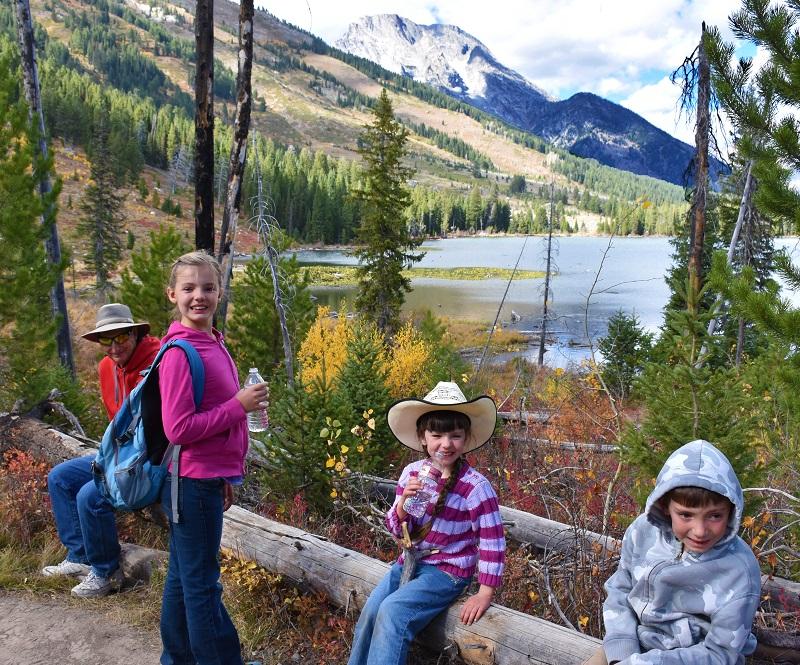Why Do Those Mountains Look so Different?
Encouraging self-driven curiosity for learning in all students

Written by Scott Heimlich, Vice President, Amgen Foundation
“Why do those mountains look so different?” So said a young girl to her grandfather. She was used to the saguaro cactus of Tucson Arizona, but here they were hiking in the Teton National Forest past a mountain covered with lodgepole pine trees.
Her grandfather was about to tell her the answer when he stopped himself – Should I answer as her grandfather, or should I answer as a science teacher? He decided to respond to her question with a question:
“Why do you think those mountains look different?”
And with that, he showcased the difference between a teacher as a dispenser of information – which is often an easier path – and a teacher who is a facilitator of learning.
This question forced his granddaughter to think and begin brainstorming reasons why these mountains might look different. This led to a discussion about temperature, slopes, climate and other topics, which might not have occurred had the answer been provided immediately. More importantly, this led the child to drive her own learning, to explore multiple answers under the guidance and facilitation of someone who knew the answer, and to seek evidence for her reasoning through additional questions.
Although this is an example of one interaction in an entire ecosystem that needs change, this shift on the part of educators – by engaging students in science investigation as well as engineering design – can lead to a self-driven curiosity for learning that we hope our schools embed in all children. Teaching in this way transfers ownership to the learner, moving the student to the center and the teacher to the side. It is, in a word, empowering.
The grandfather (Brett Moulding) who shared the above story at the National Academies STEM Education Day Stakeholder Event last week in Washington, D.C. is an expert on what works best in our science classrooms. With funding from the Amgen Foundation and the Carnegie Corporation of New York, he joined other leading experts from across the country on a committee assembled by the National Academies of Sciences, Engineering and Medicine, which then took a close look at what the latest research reveals about science investigation and engineering design as it relates to teaching and learning in our nation’s middle and high schools. This led to the publication of an important report, which makes the clear case that centering science instruction around investigation and design is an effective approach in middle and high schools that helps students make better sense of the world around them. Here’s an infographic with the latest guidance for teachers.
Building upon the Framework for K-12 Science Education and the Next Generation Science Standards, this reports explains how this approach entails a shift but will better help students understand science content, gain knowledge and develop skills to prepare them for the future. This fits into the overall mission of our schools in teaching students how to think, including how you gather information, construct an explanation, design a solution and then communicate that knowledge to others. It’s not necessarily about how to code or how to sequence or how to [insert tomorrow’s skill here], but how to think – and ideally be self-motivated to learn, understand and discover more.
To learn more about this report, check out these overview slides on the report’s findings, or register for one of these two upcoming webinars in March on Instruction for Investigation and Design and Professional Learning for Investigation and Design.
To learn more about the Amgen Foundation’s deep commitment to science literacy – and to cultivating the next generation of scientists in our communities and beyond – I encourage you to explore the rest of www.AmgenInspires.com and to follow @AmgenFoundation on Twitter. You can also find me on Twitter at @heimlich_scott.

